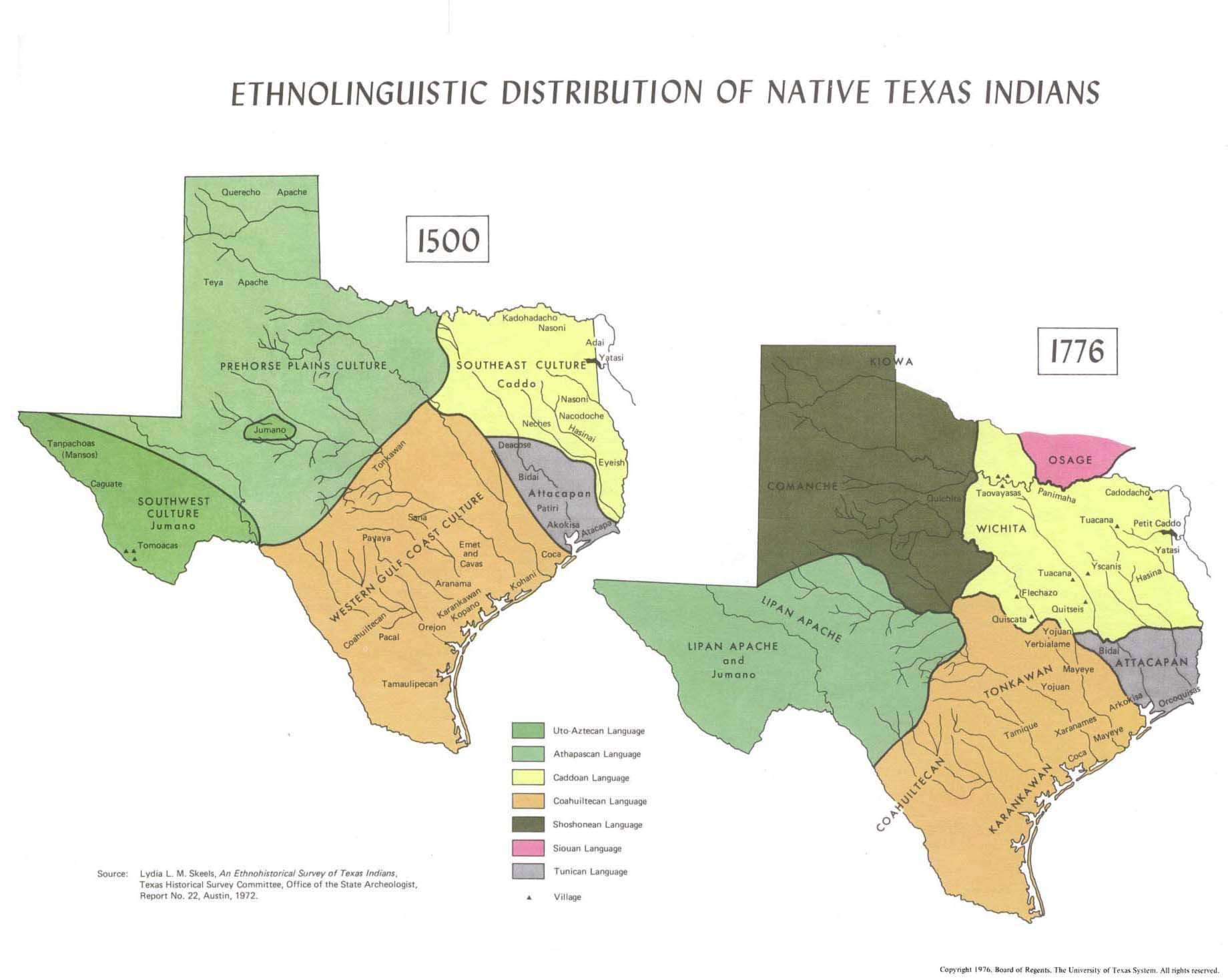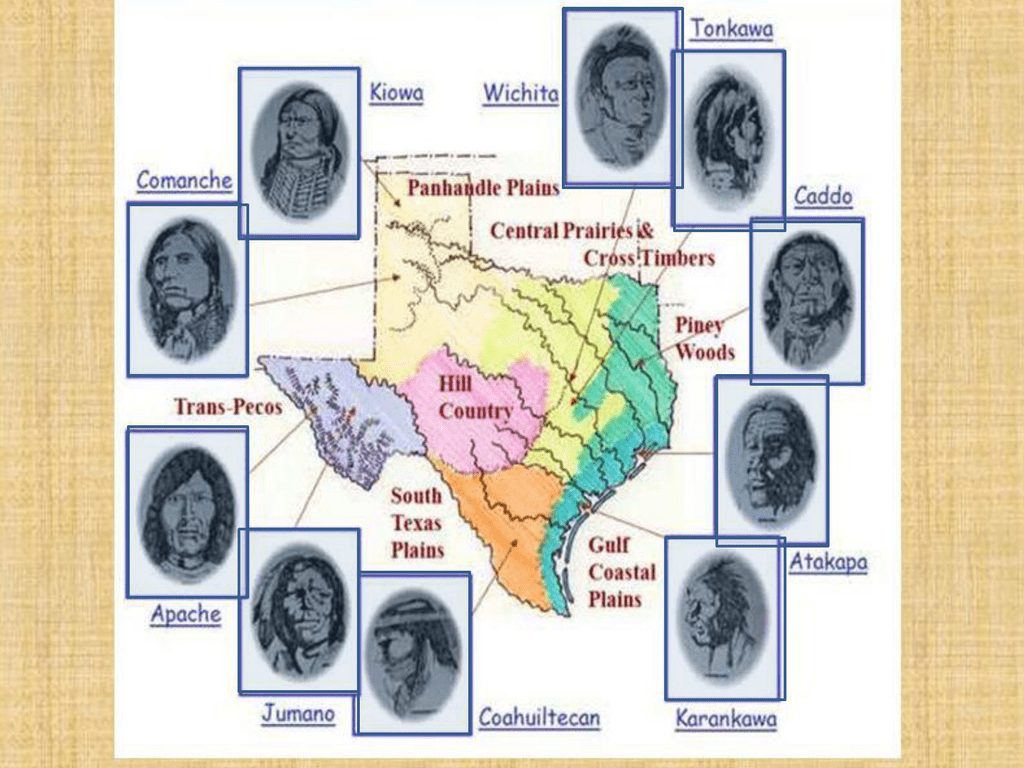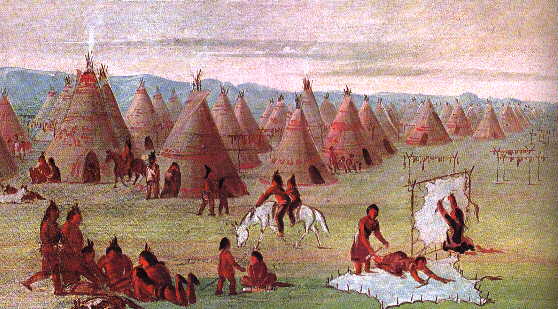East Texas: Where History and Culture Collide on Tribal Lands
East Texas: Where History and Culture Collide on Tribal Lands

The rolling hills and dense forests of East Texas hold more than just scenic beauty and Southern charm. They also cradle a rich history of Native American presence, with several federally recognized tribes calling this region home. While the land may have changed hands over the centuries, the spirit of these tribes remains strong, woven into the very fabric of the region.
From the Caddo Nation, with its deep roots in the area, to the Alabama-Coushatta Tribe, whose journey led them to the Piney Woods, the legacy of these indigenous peoples is a vibrant tapestry, showcasing resilience, adaptation, and a deep connection to the land.
Related Articles: East Texas: Where History and Culture Collide on Tribal Lands
- Uncover the Truth: Dive into the Enigmatic World of Indian Reservation Casinos
- Uncover the Heart of Native American Heritage: A Journey to the Largest Reservations
- Unveiling the Hidden Treasures: Discover the Captivating World of American Indian Tribes in Virginia
- California’s Hidden Gems: A Guide To Northern California’s Indian Reservations
- Uncover the Enchanting World of Montana's Indian Reservations
A Peek into the Past: The Caddo Nation
The Caddo Nation, whose name translates to "friend," boasts a history stretching back thousands of years in East Texas. They were a sophisticated agricultural society, cultivating corn, beans, and squash, while also mastering the art of pottery, weaving, and intricate beadwork. Their influence extended beyond East Texas, with trade networks reaching as far as the Mississippi River.
However, the arrival of European settlers brought about a dramatic shift. Disease ravaged their communities, and the encroachment of colonists forced them from their ancestral lands. The Caddo Nation, once a powerful force, was relegated to smaller reservations.
The Alabama-Coushatta Tribe: A Journey of Resilience
The Alabama-Coushatta Tribe, known for their intricate basket weaving and their powerful storytelling traditions, have a unique history. Originally from the Southeast, they were forced westward by encroaching European settlers, eventually finding refuge in East Texas. Their journey was fraught with hardship, but they persevered, building a new life in a land that became their home.
Today, the Alabama-Coushatta Tribe operates a thriving reservation in the heart of the Piney Woods. Their cultural center, a testament to their resilience, offers a glimpse into their rich heritage. From traditional dances to storytelling sessions, visitors can experience the vibrant heartbeat of this remarkable tribe.
Preserving Culture: A Legacy of Strength
Both the Caddo Nation and the Alabama-Coushatta Tribe are actively working to preserve their culture and traditions. They offer educational programs, cultural events, and community outreach initiatives, ensuring that the stories of their ancestors continue to resonate.

These efforts are not just about preserving the past; they are about building a brighter future for their communities. By sharing their stories, they hope to foster understanding and appreciation for their unique heritage, promoting a sense of unity and respect for all.
Beyond the Reservation: The Impact of Tribal Lands
The presence of these tribal lands in East Texas has a profound impact on the region, going beyond cultural preservation. The tribes are actively involved in economic development, supporting local businesses and creating jobs. They also play a crucial role in environmental conservation, working to protect the delicate ecosystems of the Piney Woods.
A Journey of Understanding: Exploring Tribal Lands
For those interested in experiencing the rich history and culture of East Texas, visiting the Caddo Nation and the Alabama-Coushatta Tribe is a must. Both reservations offer a unique opportunity to learn about their traditions, engage with their communities, and gain a deeper understanding of the enduring spirit of these indigenous peoples.

A Deeper Dive into East Texas Tribal Lands
-
Caddo Nation:
- Located near the town of De Kalb, Texas.
- Offers tours of their cultural center, showcasing their traditional arts and crafts.
- Hosts cultural events throughout the year, including powwows and storytelling sessions.
- Has a vibrant community with a strong sense of pride in their heritage.

-
Alabama-Coushatta Tribe:
- Located near the town of Livingston, Texas.
- Offers tours of their museum and cultural center, highlighting their unique basket weaving traditions.
- Hosts a variety of cultural events, including traditional dances and storytelling sessions.
- Operates a casino, providing economic opportunities for the tribe and the surrounding community.
Beyond the Reservations: The Impact of Tribal Lands
The presence of these tribal lands in East Texas has a profound impact on the region, going beyond cultural preservation. The tribes are actively involved in economic development, supporting local businesses and creating jobs. They also play a crucial role in environmental conservation, working to protect the delicate ecosystems of the Piney Woods.
A Journey of Understanding: Exploring Tribal Lands
For those interested in experiencing the rich history and culture of East Texas, visiting the Caddo Nation and the Alabama-Coushatta Tribe is a must. Both reservations offer a unique opportunity to learn about their traditions, engage with their communities, and gain a deeper understanding of the enduring spirit of these indigenous peoples.
FAQs: Indian Reservations in East Texas
Q: Are there any other tribes in East Texas besides the Caddo and Alabama-Coushatta?
A: While the Caddo and Alabama-Coushatta are the only federally recognized tribes in East Texas, there are other indigenous groups with historical ties to the region. The Cherokee Nation, for instance, had a presence in East Texas before being forced westward during the Trail of Tears.
Q: Can I visit the reservations without being a member of the tribe?
A: Absolutely! Both the Caddo Nation and the Alabama-Coushatta Tribe welcome visitors. They offer tours, cultural events, and opportunities to learn about their history and traditions. It’s always a good idea to check their websites or contact them directly for information on visiting hours and any special events.
Q: What is the best time to visit the reservations?
A: There’s no bad time to visit, but you might find more cultural events and activities during the spring and fall. Summer can be hot, and winter can be chilly, so pack accordingly.
Q: Are there any restrictions on visiting the reservations?
A: While the reservations are generally open to the public, it’s always a good idea to be respectful of tribal customs and traditions. For example, it’s common courtesy to ask permission before taking photos, especially of sacred sites or ceremonies.
Q: How can I learn more about the history and culture of the tribes?
A: There are many resources available! You can visit the tribe’s websites, check out books and articles at your local library, or attend cultural events and workshops offered by the tribes themselves. You can also find information about the tribes at the Texas Historical Commission website.
Q: How can I support the tribes?
A: There are many ways to show your support! You can visit the reservations, purchase tribal crafts and artwork, donate to tribal charities, or simply learn more about their history and culture. By engaging with the tribes and sharing their stories, you can help ensure that their voices are heard and their traditions are preserved for generations to come.
A Final Thought:
Exploring the Indian reservations of East Texas is not just about visiting a place; it’s about embarking on a journey of understanding. It’s about appreciating the rich tapestry of history and culture that defines this region and recognizing the enduring spirit of its indigenous peoples. So, the next time you find yourself in East Texas, take the time to step off the beaten path and explore the vibrant world of its tribal lands. You might just find yourself discovering a new appreciation for the history and culture that make this region so unique.

Closure
Thus, we hope this article has provided valuable insights into East Texas: Where History and Culture Collide on Tribal Lands. We hope you find this article informative and beneficial. See you in our next article!